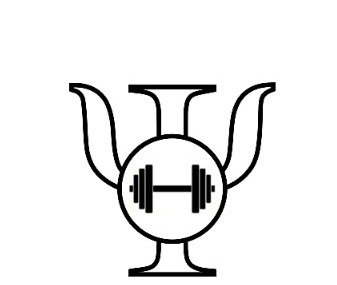Cold & Heat exposure for mental & physical health
The benefits of deliberate cold & heat exposure have been studied extensively over time. Only recently has there been a more structured and clear set of protocols & benefits for the everyday person to utilise.
Cold exposure triggers various physiological responses in the body, including vasoconstriction (narrowing of blood vessels) and activation of brown adipose tissue (BAT), which generates heat.
Cold exposure can boost metabolism, increase calorie expenditure, and improve insulin sensitivity.
Cold exposure may also have cognitive benefits, such as enhancing focus and alertness.
Techniques for cold exposure include cold showers, ice baths, and outdoor settings.
Depending on the tolerance to cold, start with what is manageable & progress with lower temperatures & longer durations of exposure over time. A temperature of 5-15 degrees celsius, in 2-5 minute sessions is recommended generally to begin with.
Heat exposure such as sauna use or hot baths, can also provide numerous health benefits.
Heat exposure induces sweating, which helps detoxify the body and improve cardiovascular function.
Sauna use has been associated with reduced risk of cardiovascular disease, improved blood flow, and enhanced recovery of muscular exertion from exercise.
Heat exposure may also have neuroprotective effects and contribute to stress reduction and relaxation.
Similar to cold and depending on the method, starting with a manageable temperature is best, anywhere from 35 - 50 degrees celsius for a few minutes at a time is generally sufficient when starting out.
Intermittent Exposure to both cold & heat can be an effective strategy to leverage both physiological responses & maximise the benefits of both modalities.
Incorporating these practices into one's life style gradually and safely can be a valuable & cost-effective way to improve mental & physical well-being.
Individual Variability:
It's crucial to recognise that individuals may respond differently to cold and heat exposure based on factors such as age, fitness level and health status.
Tailoring cold and heat exposure practices to individual preferences and tolerances is essential for maximising benefits while lowering risks.
